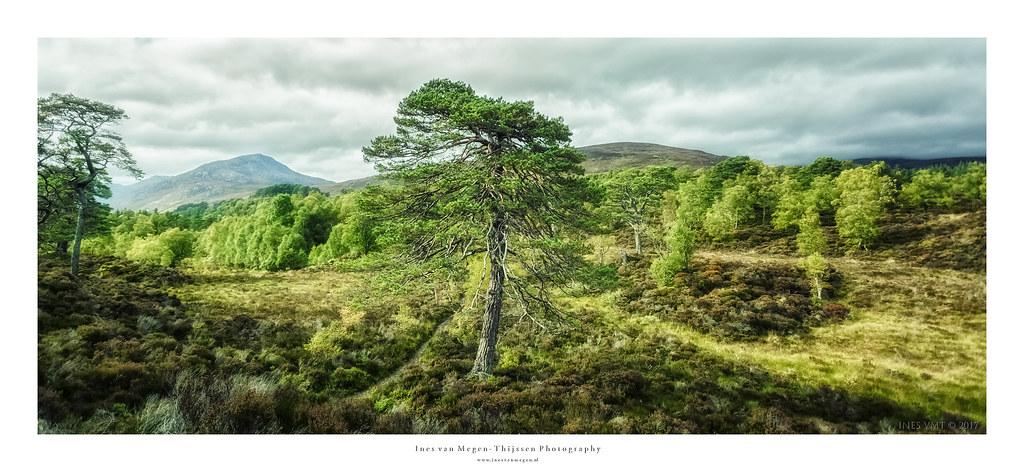In the flickering glow of cinema screens worldwide, a subtle yet profound transformation is underway. From the bustling metropolises to the tranquil countrysides, a new narrative force is shaping the stories we tell and the visions we share. This force, rooted deeply in the very soil of our planet, is the influence of environmental themes on contemporary filmmaking. As the earth’s rhythms pulse through the collective consciousness of storytellers, filmmakers are increasingly turning their lenses towards the natural world, weaving tales that resonate with the urgency of climate change, the beauty of biodiversity, and the fragility of our ecosystems. This article delves into this burgeoning trend, exploring how the environmental zeitgeist is not only informing the aesthetics and narratives of modern cinema but also challenging audiences to reflect on their relationship with the planet. In a world where every frame can spark a movement, the convergence of ecology and film offers a compelling canvas for both art and advocacy.
Green Narratives: The Rise of Eco-Conscious Storytelling
In recent years, the infusion of environmental themes into contemporary filmmaking has led to a significant shift in the narratives we consume. Directors and screenwriters are increasingly weaving eco-conscious messages into their plots, creating stories that not only entertain but also provoke thought about our planet’s future. This trend can be seen in a variety of genres, from dystopian thrillers that depict the devastating effects of climate change, to heartwarming animations that teach younger audiences about conservation and sustainability.
Several key factors contribute to this rise in eco-conscious storytelling:
- Increased Awareness: As global awareness of environmental issues grows, filmmakers are responding to the audience’s demand for more relevant and meaningful content.
- Technological Advancements: Modern special effects and CGI make it easier to create vivid, realistic depictions of both the beauty and fragility of our natural world.
- Collaborative Efforts: Partnerships between filmmakers and environmental organizations ensure that the messages portrayed are both accurate and impactful.
By embedding environmental themes into their work, filmmakers are not only telling compelling stories but also fostering a culture of eco-consciousness and responsibility among viewers.

Cinematic Landscapes: How Nature Shapes Visual Aesthetics
Contemporary filmmakers increasingly draw inspiration from the natural world, weaving environmental themes into their narratives to create visually arresting and emotionally resonant stories. These cinematic landscapes often serve as more than mere backdrops; they become integral characters within the film, influencing plot dynamics and emotional tones. From the lush, verdant forests of Studio Ghibli’s animations to the stark, desolate deserts of Denis Villeneuve’s “Dune,” nature’s varied forms and moods profoundly shape visual aesthetics.
In modern cinema, directors leverage the power of nature to evoke specific emotions and themes. Some common approaches include:
- Contrasting landscapes: Juxtaposing serene, untouched environments with scenes of industrial or urban decay to highlight themes of environmental degradation and human impact.
- Symbolic use of weather: Employing storms, droughts, and other climatic conditions as metaphors for internal conflicts or societal issues.
- Mythic and spiritual connections: Integrating elements of folklore and mythology to deepen the narrative’s connection to the natural world, as seen in films like “The Revenant” and “Pan’s Labyrinth.”
Characters in Crisis: Environmental Themes Driving Plot and Development
In contemporary filmmaking, environmental themes are intricately woven into character arcs, pushing protagonists and antagonists alike into uncharted territories of moral and existential dilemmas. These narratives often explore how individuals react under the weight of ecological collapse, revealing the depth of human resilience and fragility. Characters are not just facing external adversities but are also grappling with internal conflicts, driven by their roles in the broader ecological tapestry.
- Survival Instincts: Characters are forced to confront their primal instincts, making choices that challenge their ethical boundaries.
- Redemption and Guilt: Environmental degradation often serves as a backdrop for personal redemption stories, where characters seek to atone for their past actions.
- Community and Isolation: The themes of togetherness and solitude are explored, as characters either band together to survive or face the crushing loneliness of a desolate world.

Sustainable Sets: Practical Tips for Eco-Friendly Film Production
Embracing eco-friendly practices in film production can significantly reduce the industry’s carbon footprint. Here are some practical tips for making your set more sustainable:
- Use Renewable Energy Sources: Power your set with solar panels or wind turbines to minimize reliance on fossil fuels.
- Opt for Digital Scripts: Reduce paper waste by distributing scripts and call sheets electronically.
- Implement Waste Management Systems: Establish clear recycling and composting stations to handle waste efficiently.
- Choose Sustainable Materials: Use eco-friendly materials for set construction and costume design, such as reclaimed wood and organic fabrics.
- Encourage Public Transport: Provide incentives for cast and crew to use public transportation or carpooling options.
- Eco-Friendly Catering: Source food locally and prioritize plant-based options to reduce the environmental impact of catering services.































